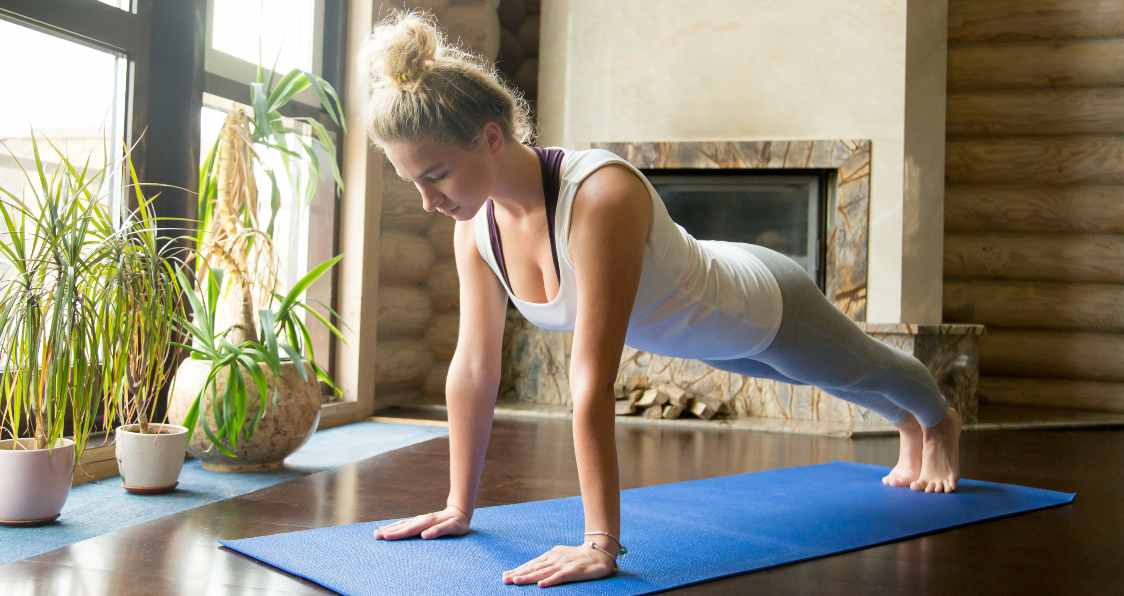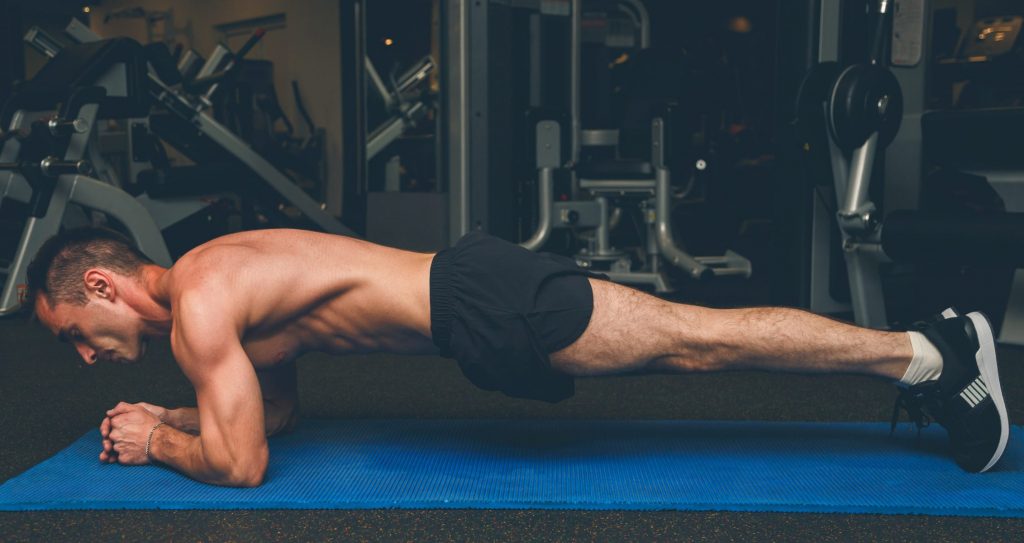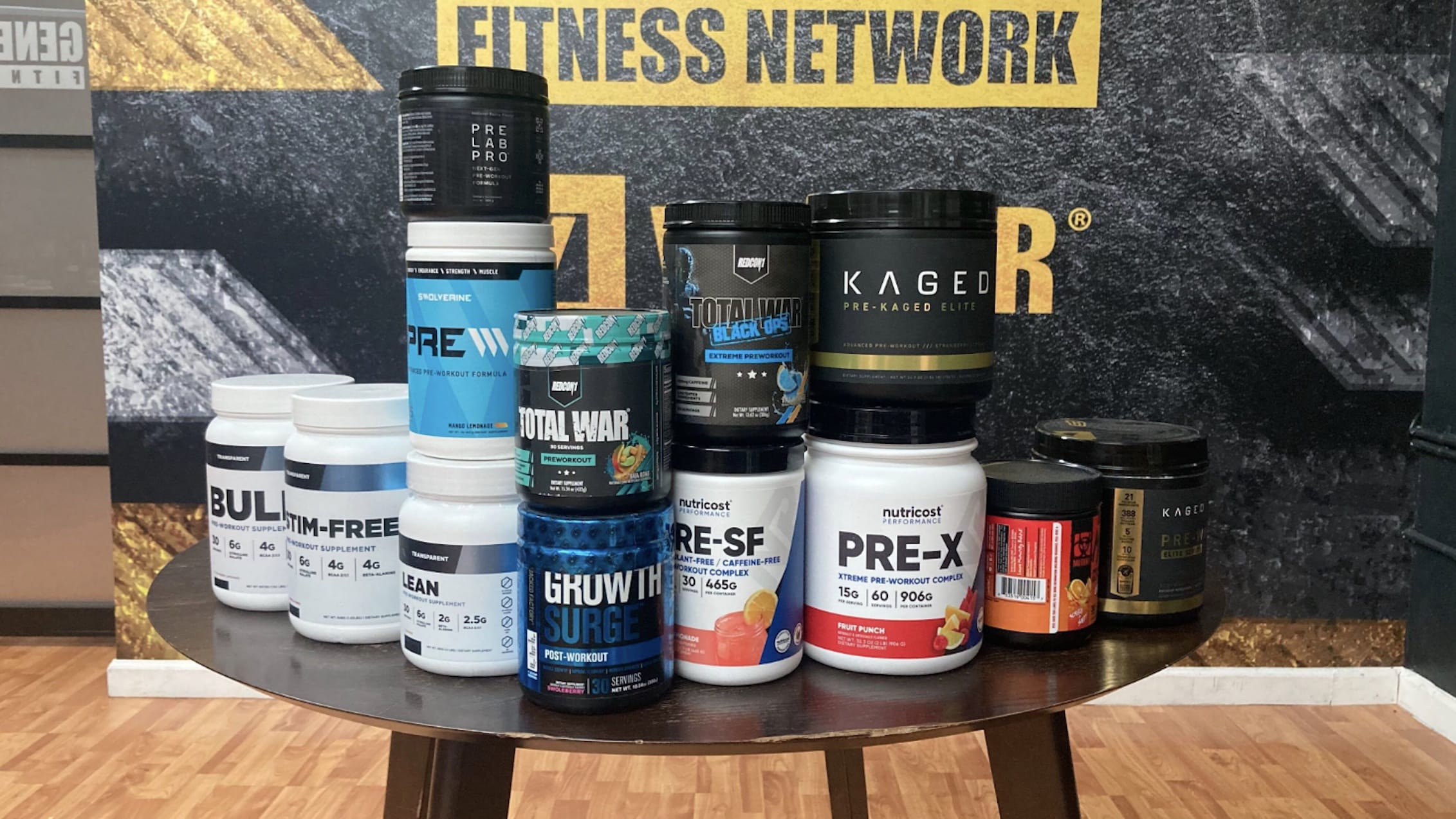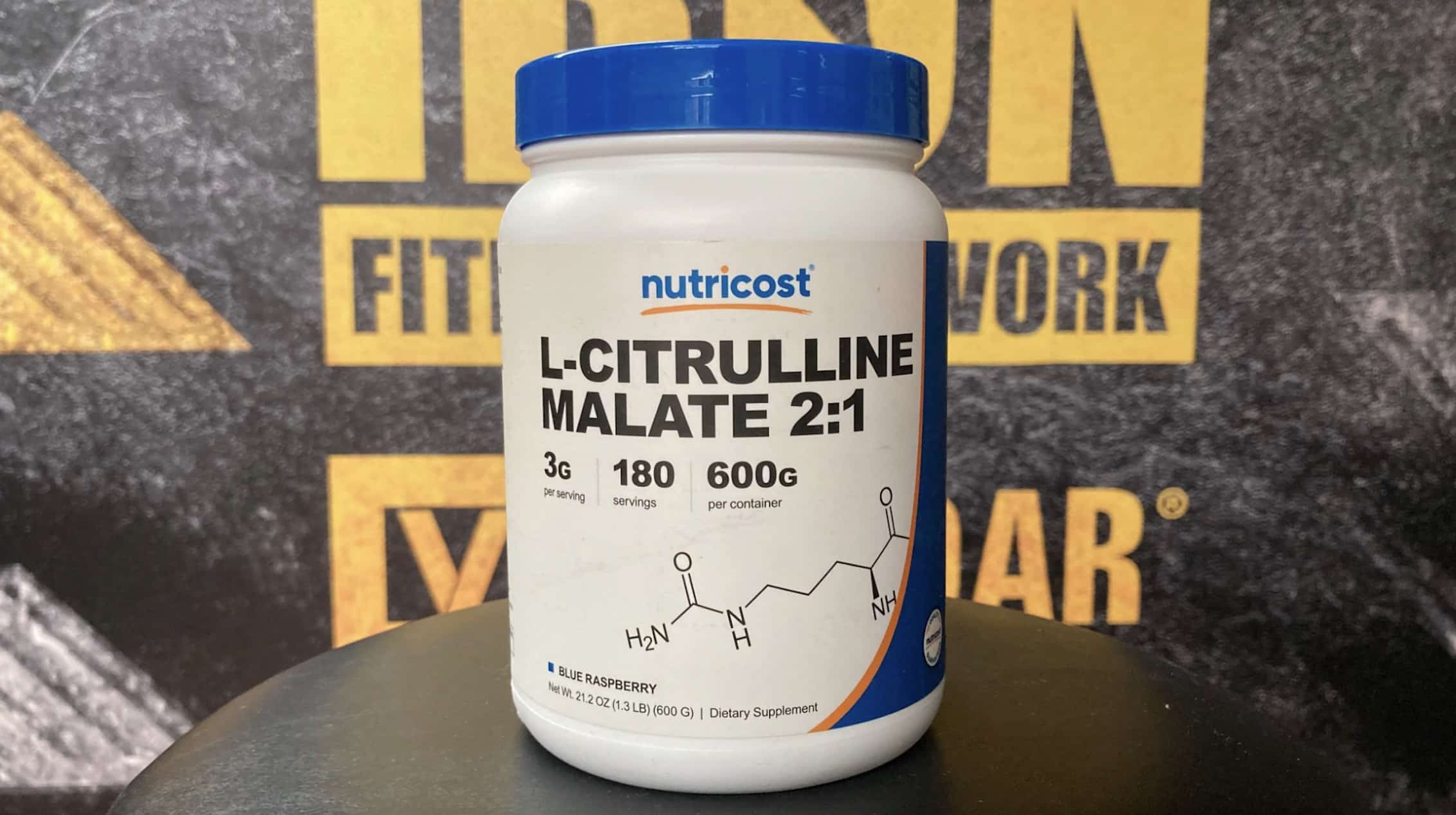Research supports isometric training for building muscle.
A strong core is essential for building muscle and increasing strength effectively. It stabilizes your movements during heavy lifting, giving you better control and allowing you to lift more weight confidently.
One of the most effective exercises for strengthening your core is the plank. Every seasoned athlete knows that planks are no easy feat, but once you master them, the benefits are undeniable. Improved core strength translates directly to better form and efficiency during exercises like presses and pulls, enhancing your overall performance.
If you want to build core stamina and strength, a 30 day plank challenge is a great way to start. This article outlines a sample plan to help you progress gradually while incorporating adequate rest. By breaking the process into manageable steps, you’ll master proper plank technique and see noticeable improvements in your fitness routine.
Overview — What Are Planks?

The plank is a total body exercise that requires you to hold your body in a horizontal, straight line from your head to your feet for a specific time. Doing them can help improve your fitness, physical strength, and mental endurance (1).
Planks are isometric exercises, and research shows that isometric training at longer muscle lengths or stretches is effective for muscle hypertrophy (2). So planks are a great way to build your abs. Though it’s a full-body exercise, planks specifically target your core muscles by building and strengthening them.
Different plank variations are available; most are bodyweight exercises, meaning you can do them anywhere if you have enough floor space. However, it’s important to choose one that targets your core in a way that’ll influence your regular training positively. Once you do, focus on increasing your stamina and time under tension with the routine. Below is a how-to-do planks guide.
How to Do Planks
- Go to the floor on all fours like you’re about to begin a push-up.
- Place your forearms and elbows on the floor just under your shoulders.
- Ensure you keep your body straight from head to toe. This is your starting position.
- Now, brace your core and keep your body steady for as long as possible.
Plank Benefits
- It helps strengthen and build your core muscles. This improves your form for weightlifting routines.
- Because it’s a bodyweight exercise, it’s easy to do anywhere as long as you have enough floor space.
- Performing planks can improve your posture and stability, allowing you to carry yourself better.
- Planks are great exercises for treating back pain and reducing injuries.
- This exercise is a great way to build your endurance.
30 Day Plank Challenge
The 30 day plank challenge is about strengthening your core muscles, endurance, and plank form. It works by systematically increasing your plank time until you hit the 30 day mark. If you’re a novice at planks, you may only be able to hold them for 15-30 seconds to start. However, at the end of the 30 day plank challenge, you’ll be able to hold for longer with the goal of about three to five minutes.

Remember, starting from the beginning is okay, but focus on using proper form and increasing your plank time daily, at least by ten seconds. Take a rest at the end of the week to allow for recovery.
| Week One | Week Two | Week Three | Week Four | Week 5 |
| Day 1—10-15 Seconds | Day 7—70 Seconds | Day 13—130 Seconds | Day 19—190 Seconds | Day 25—250 Seconds |
| Day 2—20 Seconds | Day 8—80 Seconds | Day 14—140 Seconds | Day 20—200 Seconds | Day 26—260 Seconds |
| Day 3—30 Seconds | Day 9—90 Seconds | Day 15—150 Seconds | Day 21—210 Seconds | Day 27—270 Seconds |
| Day 4—40 Seconds | Day 10—100 Seconds | Day 16—160 Seconds | Day 22—220 Seconds | Day 28—280 Seconds |
| Day 5—50 Seconds | Day 11—110 Seconds | Day 17—170 Seconds | Day 23—230 Seconds | Day 29—290 Seconds |
| Day 6—60 Seconds (One Minute) | Day 12—120 Seconds (Two Minutes) | Day 18—180 Seconds (Three Minutes) | Day 24—240 Seconds (Four Minutes) | Day 30—300 Seconds (Five Minutes) |
Week One
You shouldn’t have any high expectations, at least for the first two days. The entire week could be challenging. There will be challenges with keeping proper form, but with time and consistency, you’ll get better. Things you should watch out for the first week are serious burning feelings in your core, forearms, and shoulders. By the end of week one, you should have already hit around the 50 to 60-second mark.
Week Two
Although week one included testing your mental fortitude, week two will take it further. Recovery will be challenging because your core, lower back, arms, and shoulders constantly take a beating from your daily planks. However, you can reduce this and improve your lower back and hip mobility by doing some stretches. During this week, your core will feel stronger, and your endurance will improve drastically.
Week Three
There may be setbacks this week and potentially failure to meet your plank time. However, it’s important to push through this mental fatigue. You can attribute some of this to the monotony of the plank exercise. Counter this by trying different plank variations. Some include superman planks, plank pull throughs, plank drags, and long lever planks.
Week Four & Five
This is the consolidation week. Your body is already used to this routine, and you’re even performing other plank variations to improve your exercise experience. With a well-reinforced core, your weight lifting exercises will improve. Even though you would be staying in planks longer, it’s important to keep pushing yourself to see how long you can last, and at the end of the 30 day plank challenge, you want to aim for four to five-minute planks.
Follow Generation Iron on Instagram, Facebook, and Twitter for more exercise guides!
References
- Park, S., Choi, B. H., & Jee, Y. S. (2023). Effects of plank exercise on respiratory capacity, physical fitness, and immunocytes in older adults. Journal of exercise rehabilitation, 19(6), 332–338. https://doi.org/10.12965/jer.2346536.268
- Oranchuk, D. J., Storey, A. G., Nelson, A. R., & Cronin, J. B. (2019). Isometric training and long-term adaptations: Effects of muscle length, intensity, and intent: A systematic review. Scandinavian journal of medicine & science in sports, 29(4), 484–503. https://doi.org/10.1111/sms.13375








